If you’ve ever travelled through countries such as South Korea during winter, you’ll understand how much of a bite their chilly season has.
Never mind the winds of Russia or the blizzards in Canada. The below-zero snowy conditions you’ll experience in the streets of Hongdae whilst trying to enjoy your rice cakes could almost be considered freezing temperature.
We’ve all been caught out in the wind when the weather goes from bright and sunny to grey with gusts of wind that literally try to blow you away. Coming home and closing the door behind you, only to be greeted with more cold frigid air is one of the worst feelings, we know!
If, then, the two-week trip around South Korea has you pining for the comfort of your hometown climate, how do you think people who live in Korea deal with the cold?
That’s where the Ondol system comes in.
What is the Ondol system?
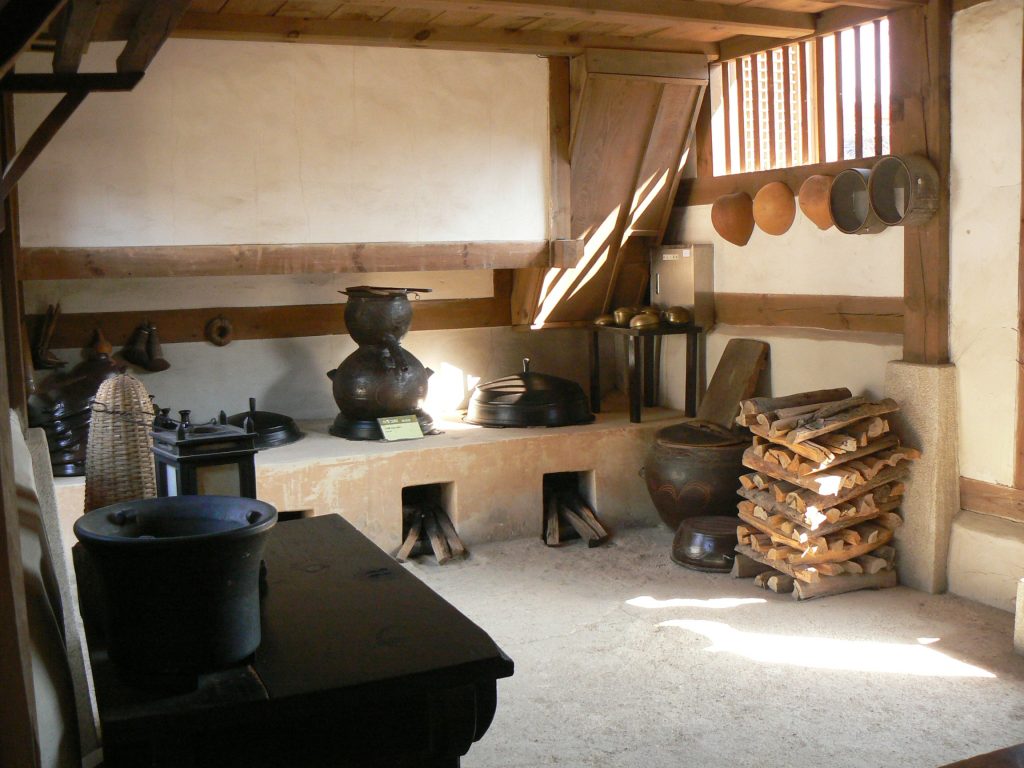
Ondol, also known as Gudeul, is an incredible underfloor heating system that’s existed for centuries in Korea. The general idea of an Ondol system is that it harnesses the power and pressure of the flow of smoke from the fireplace (traditionally used to cook meals and rice) to heat up the house, rather than using heat directly from the fire itself.
It is believed to have originated as early as 800BC, however, the actual date of the very first Ondol system remains unclear. It’s inspired many architects from around the world, notably the United States’ Frank Wright, to borrow the idea and develop similar systems back in their countries.
How Does Ondol System Work?
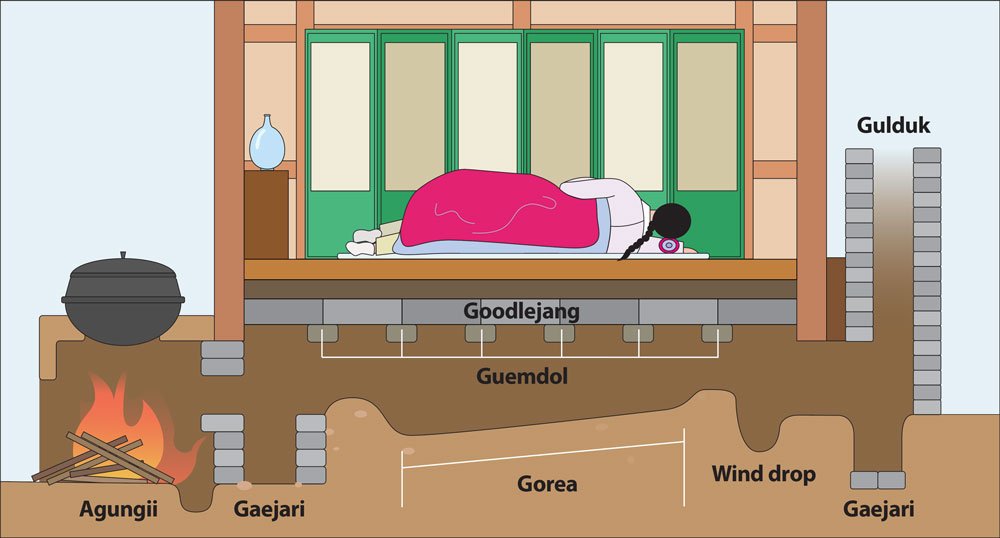
Traditionally, homes in Korea were not heated using convection systems, which are popular in western countries. Instead, a series of underfloor channels, called the gorae are installed throughout the house. They’re connected to the main fireplace function in the house. These traditional fireplaces are called the agungi.
The openings of these channels are specifically called the bulmok. They are cleverly designed in such a way that they’re just wide enough to allow sufficient smoke and heat to travel from the fireplace throughout the house to heat it efficiently. However, they’re not so wide that there could ever be an overflow of smoke, nor would fire ever escape from the agungi to travel through the channels.
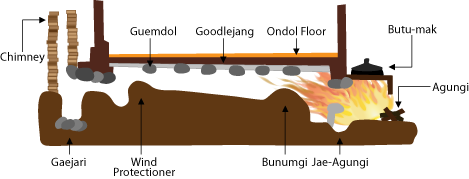
The gorae are always built at a slight angle so that they point upwards. The intention is that that the smoke would travel through the channels, heat up the floor above them, and then be released through the chimney on the other side.
The incredible engineering of these channels, in particular their size and shape, prevented the smoke from escaping too rapidly whilst allowing the room to stay warm long after the actual fire source is put out.
Ever experienced those cold, winter nights where you’d wake up needing to go to the bathroom but the thought of stepping on those frozen tiles prevents you from leaving your bed? With the Ondol system, you’d have warm, toasty feet all night long.
The Benefits of This Traditional Heating System
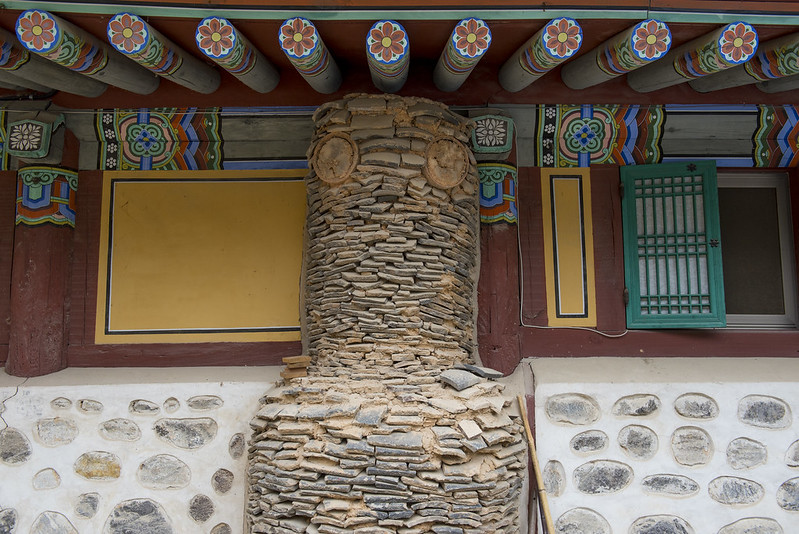
The biggest benefit of the ondol system is, of course, the superior heating you receive. It’s like being enveloped in a big warm hug, 24/7. However, there are a host of additional benefits that might not be obvious at first but are all wonderful for the mind, body, and soul.
Convection heaters usually heat up the room with air that’s risen upwards. This can sometimes mean that the top half of the body gets heated but the bottom half stays cool, leading to discomfort.
However, the Ondol system ensures that the heat rises directly from the floor, i.e., the lowest point in the room, and thus every part of the room as well as your body is heated. The heat also encourages the blood vessels on your feet to circulate around your body.
Many Koreans actually believe that sleeping on their backs on these floors induced the same health benefits as Finnish or Japanese hot springs!
The Ondol system is known to keep the interior of the home warm long after the fire dies out. This is a major cost-saver, especially when you consider that convection systems need to be switched on for as long as you require your home to be warm.
The gorae system beneath the house is continuously channelling hot smoke and thus creates an environment that’s devoid of insects, rodents, and pests. The system also prevented ants from harming the house’s wooden structure, as the small amounts of smoke that would escape the pipes would act as a deterrent.
Do Koreans still use Ondol to heat their houses?
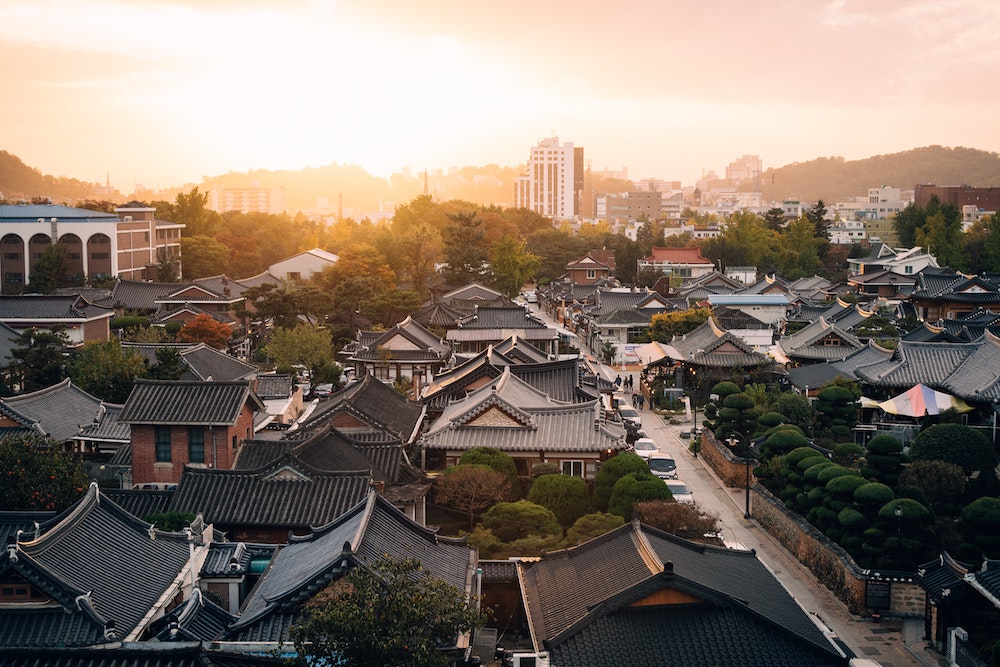
The traditional method of building an agungi connecting to a gorae these days is pretty rare. However, if you truly want to experience this slice of Korean history, you can definitely still witness them at temple stays, in traditional hanok villages, and in certain traditional-style hotels in South Korea.
That’s not to say that the Ondol is a completely lost art!
In fact, you could argue that modern times have forced a modern adaptation. These days, you will find that most modern homes in Korea use the Ondol heating method via hot water pipes installed beneath the house, instead of a fireplace and smoke channels.
Other interesting facts
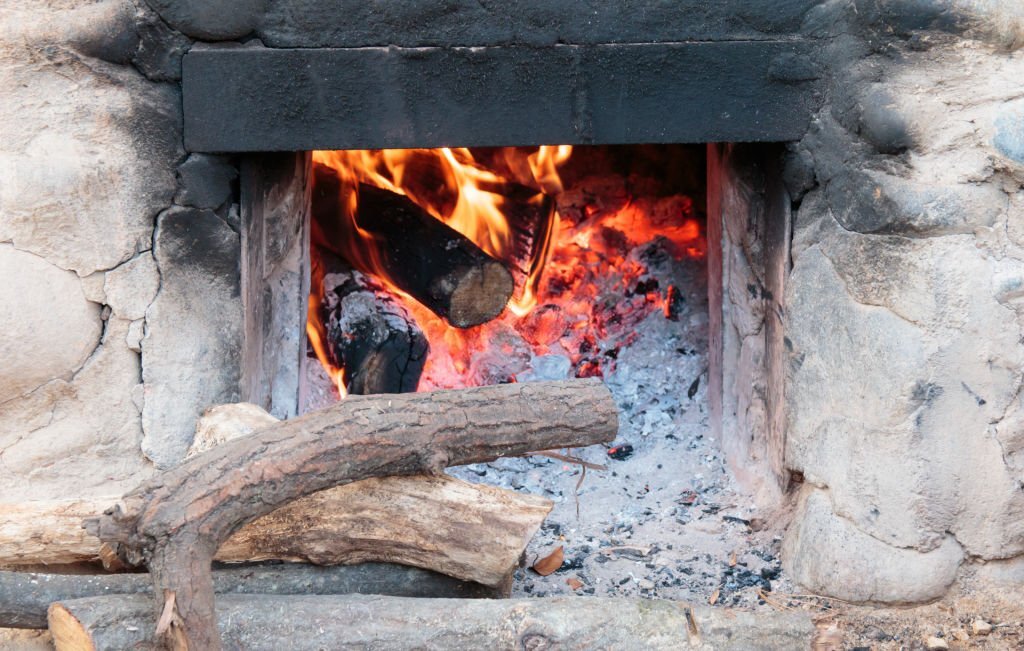
You will find below more interesting info about Ondol.
- The Korean Ondol system is incredibly unique in the way the system is built. However, there are similar architectural structures for underfloor heating all around the world, including the Ruins of the Roman Empire.
- Koreans commonly believe that keeping one’s hands and feet warm, whilst keeping the head cool, is good for the heath – a perfect example of why the Ondol system is a host of health benefits .
- The earliest example of the Ondol system was only heated parts of a room, not the entirety.
- Legend says that where was once an Ondol room that was built to the optimum thermal efficiency. So much so that even 45-days after the fireplace went out, it was still warm! Unfortunately, the room was destroyed during the Korean War.
- You often see Koreans eating and relaxing on the floor. This is because of the warmth felt from the Ondol system. Wouldn’t you rather be nice and toasty on the floor rather than sitting on a cold hard chair away from the warmth?
The Ondol system has had a massive influence on the way Koreans heat up their homes and keep toasty during winter. It’s energy efficient, long-lasting, and surprisingly visually appealing! Without any units to install onto the walls of the rooms, you’ll get the benefits of a nice and toasty room without the jarring look of a convection system.
The next time you book your trip to South Korea, try and look for accommodation that utilises the traditional Ondol system! They’re few and far between, but they definitely still exist. This little piece of historical Korean architecture will surely surprise and delight you in many ways!
We hope you enjoyed reading this article about the Ondol traditional Korean heating system. Let us know if you’ve ever experienced on in the comments!
If you want to discover Korean traditional culture a bit more, feel free to read our posts about Korean superstitions, Norigae (Korean accessory) and Korean funeral customs.

